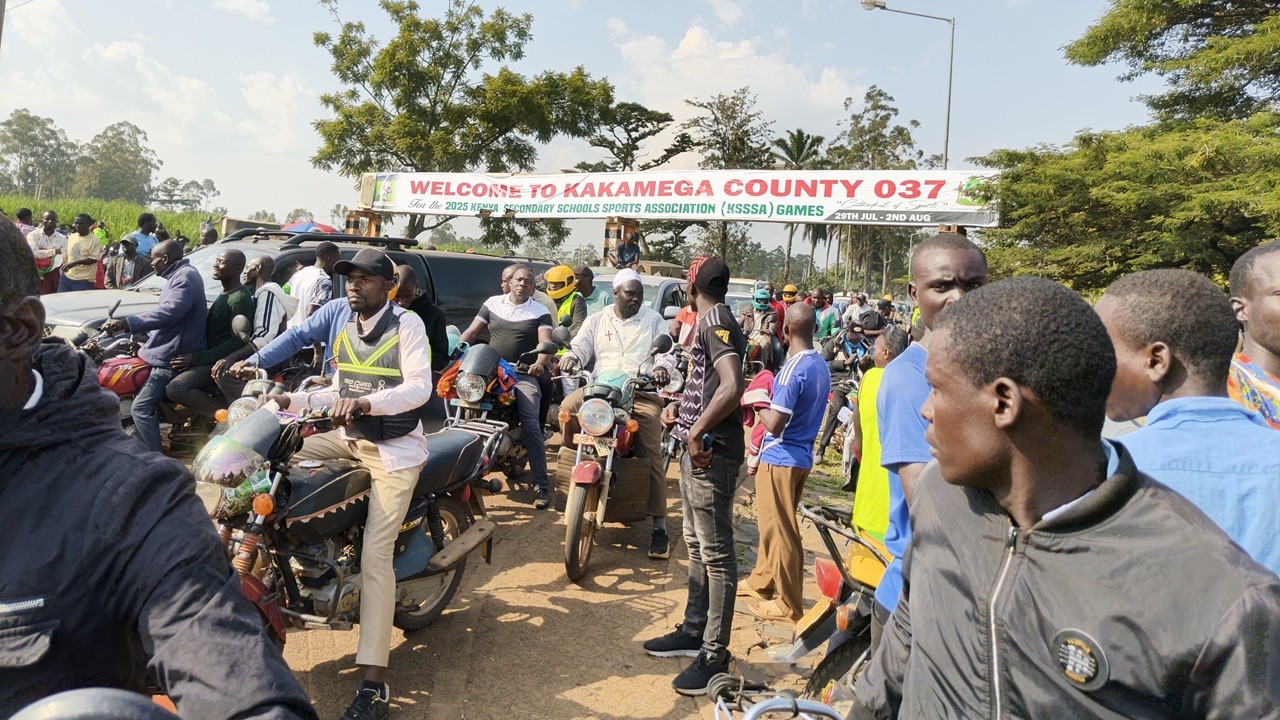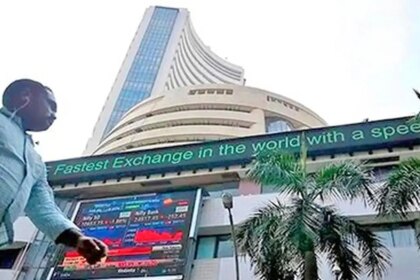I knew Mumias Complex was going to be packed because the Kenya Secondary School Games finals are always an absolute vibe. A celebration of youth talent, raw energy, and vibrant fan culture. From the moment I walked into the stadium, it felt like history was about to be made. What I didn’t know was just how hard it would be to make a simple phone call when it mattered most. Or that this failure in communication would leave me completely cut off during a chaotic moment that nearly turned into a stampede.
This isn’t a rant about Infinix, Samsung or any smartphone — far from it. This is a story about how our infrastructure is not ready for the kind of energy our local sports events bring. And if the government and event organizers don’t wake up and fix things, we’re going to have more than just slow M-PESA transactions to worry about.
I was carrying the Infinix Note 50S 5G — dual SIM with Safaricom and Airtel active — ready to live-tweet the finals. I had hoped to share the joy of kick-offs, the madness after goals, fan chants, halftime stats, and a few photos and videos of just how tightly packed the stadium was. And I could see the network bars full, standing tall like everything was okay.
But it wasn’t.
Text-only tweets were a gamble. Media tweets? Those delayed for minutes or failed outright. I’d capture a photo or a quick video clip, hit post, and sit there watching the spinning upload icon like a bad punchline. I wasn’t alone. Others around me were refreshing their feeds, trying to post updates, call friends, or simply check in with family, and everyone had the same look: “Is it just me?” No, it wasn’t.
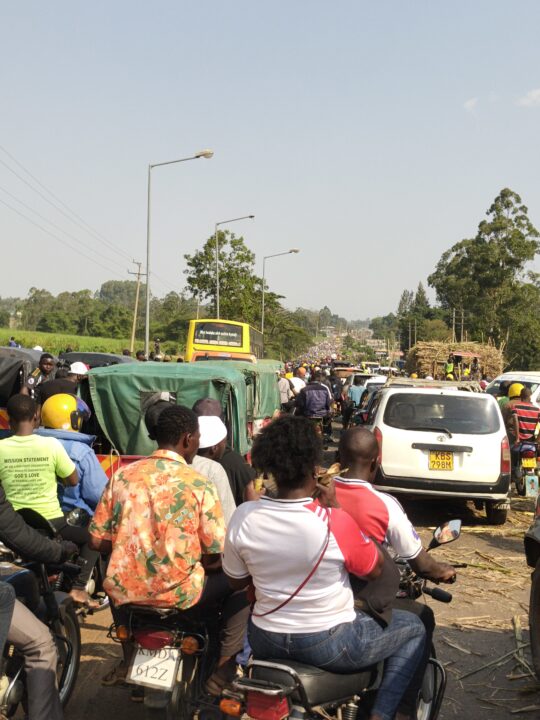
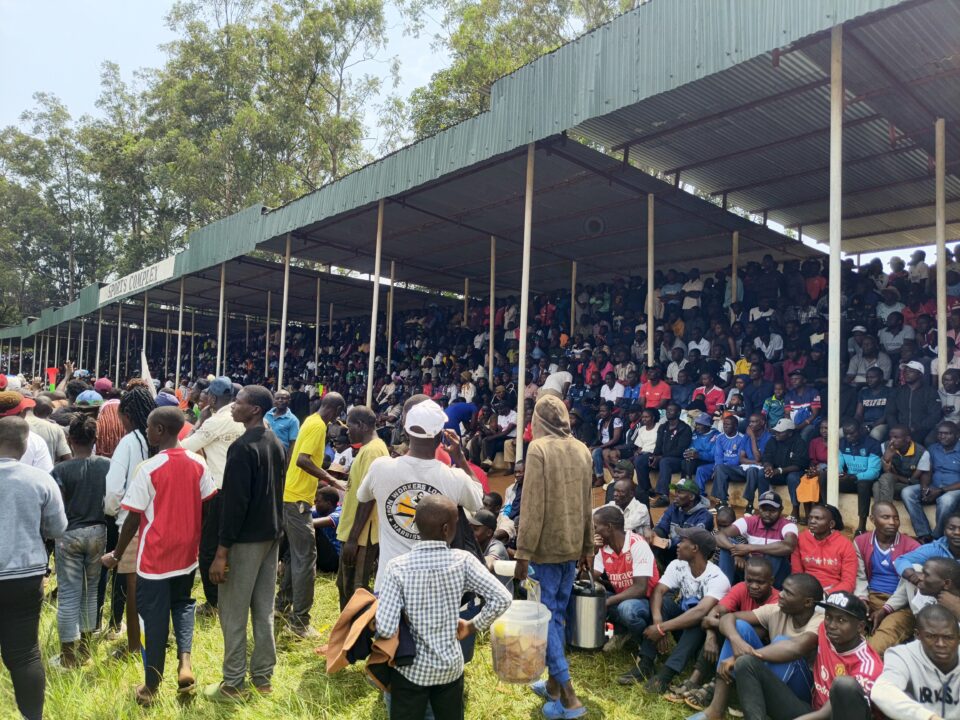
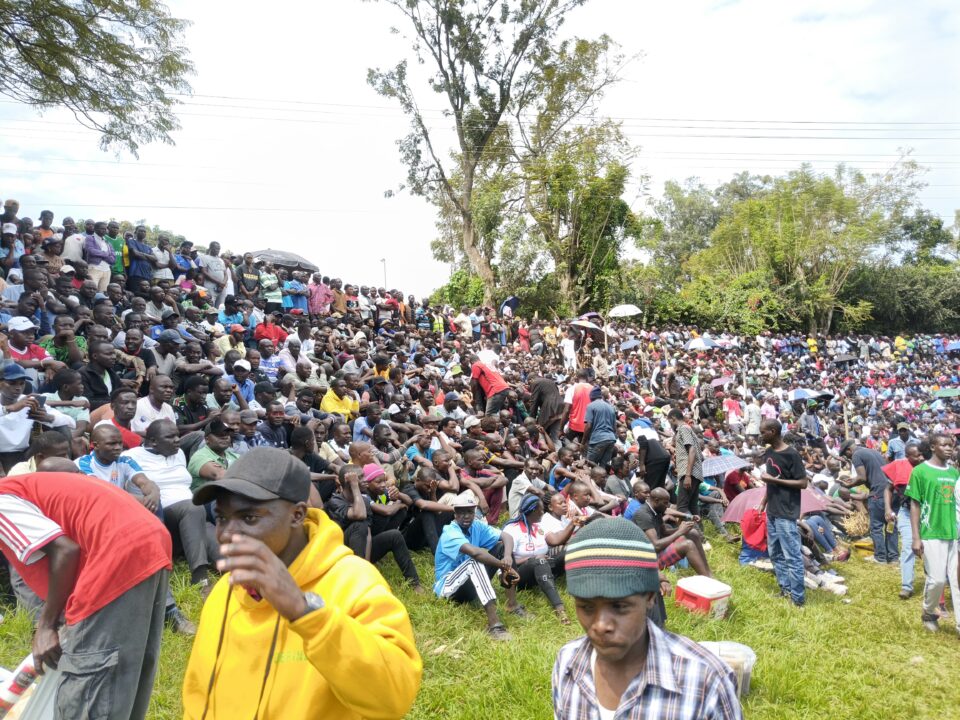

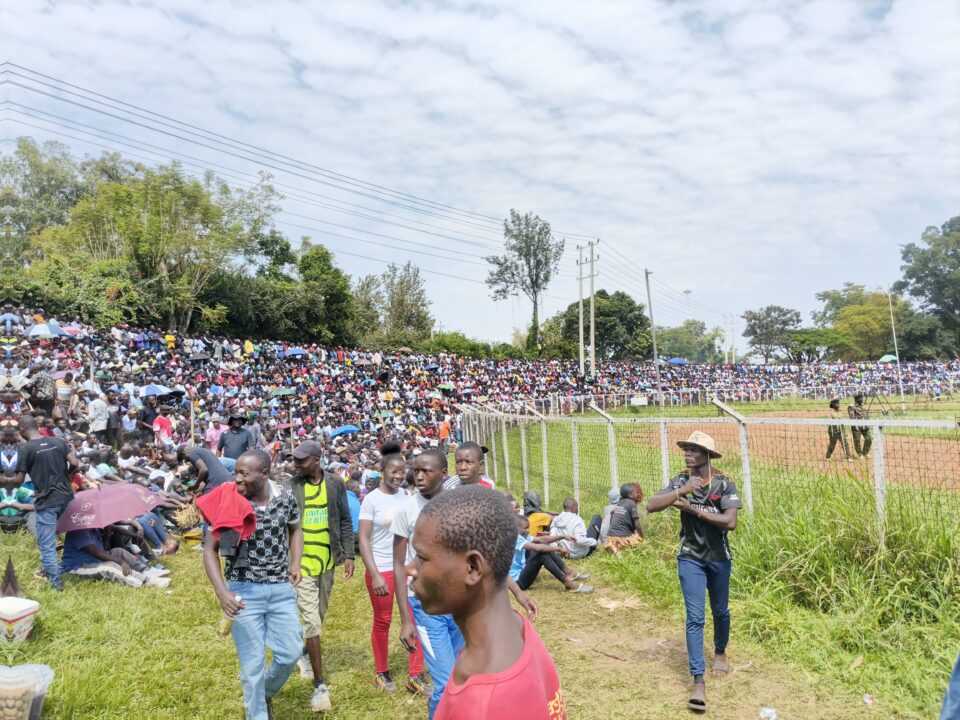

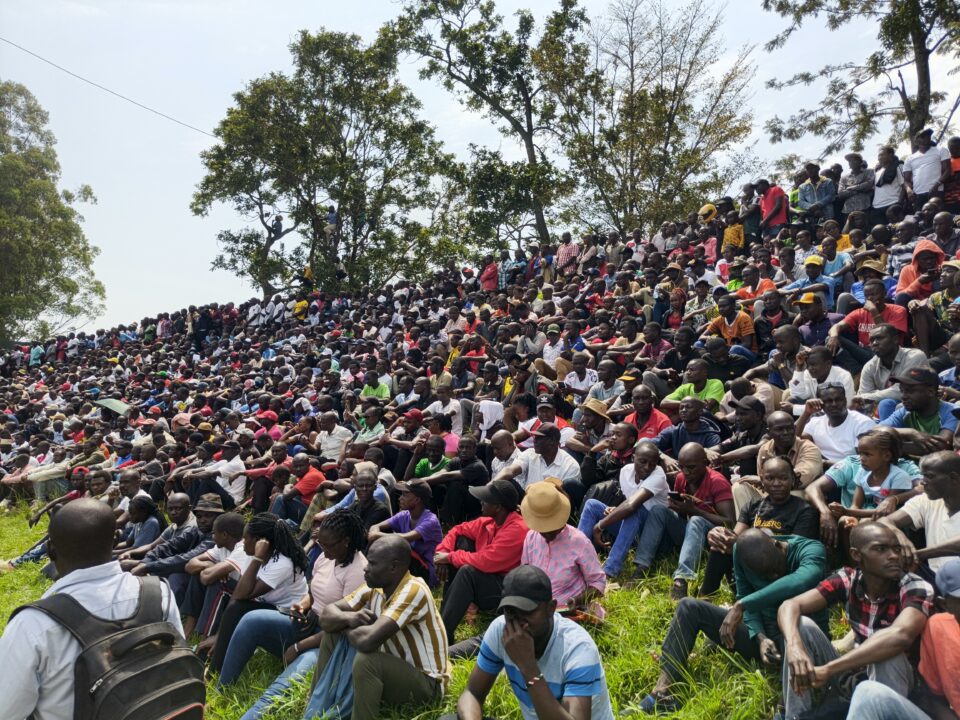
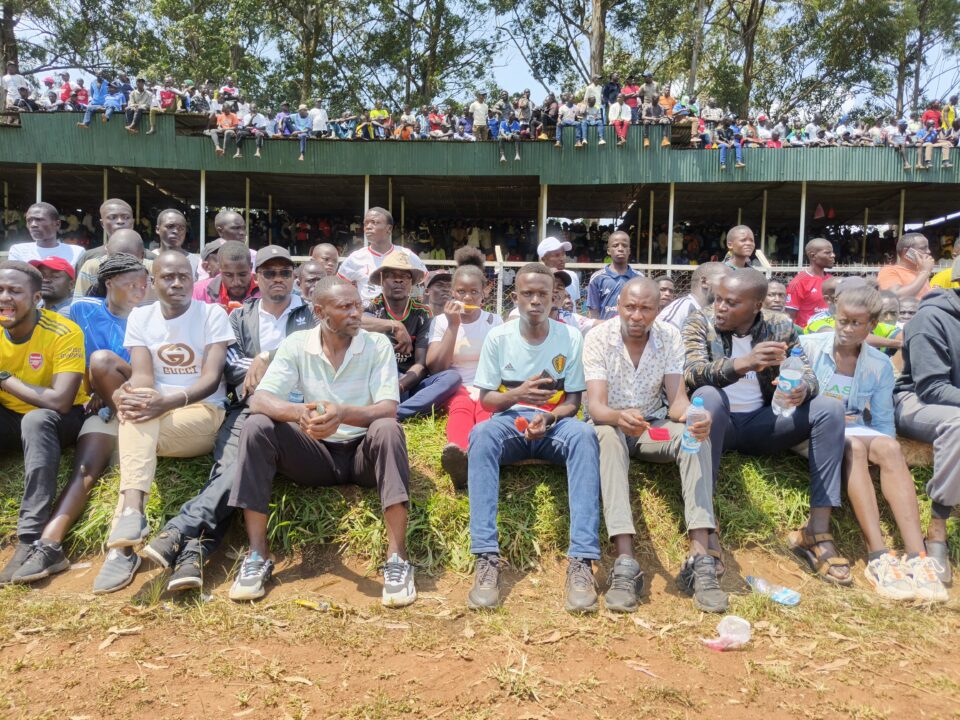
The M-PESA Maze
Now let’s talk about the vendors. You know them: the real MVPs of any stadium event. Njugus, ice cream, soda, water, sweets — all being hawked row by row under the scorching Mumias sun. Most fans didn’t carry cash (who does nowadays?), so M-PESA was the only option.
But try paying via M-PESA when Safaricom is barely breathing.
Transactions were either stuck or taking forever. I saw vendors pleading with fans to wait because the payment hadn’t come through yet. And when thousands of people are trying to send money via mobile networks that are gasping for bandwidth, you get a digital traffic jam. Sure, the payments eventually worked, but after what felt like forever.
Then Came the Teargas
It wasn’t all fun and games. Towards the end of the Butere Girls vs. Madira Girls final, police lobbed teargas into a section of the crowd.
Panic. Screaming. Pushing.
The stadium, already packed to the brim, turned into chaos. I was close — way too close — to the action. With no space to move, and a mesh wire fence in front of me, my only escape route was to jump into the pitch. I did, along with several others. A part of the barrier broke as fans scrambled for safety.
People fainted. An ambulance rushed them away.
It could have been worse.
After things calmed down and the match resumed (Butere went on to win), I did what anyone would do — I tried to call my friend who was in a different section of the stadium. I wanted to know where he was, if he was okay.
Neither Safaricom nor Airtel would let me through. I sent a text. It went through after a few long minutes.
After the boys’ final between JOBO and Musingu, I tried again. This time, while literally looking at my friend in the distance. His phone was in his hand, but the call still didn’t go through. Why? Who knows. Bad signal? Choked infrastructure? Too many people trying at once?
Even a friend of mine who wasn’t at the stadium had difficulty keeping in touch with us. Calls would randomly drop mid-conversation or fail to connect entirely. In an age of 5G and digital-first everything, how is this even possible?
This Isn’t Just a Network Problem
This wasn’t just frustrating. It was dangerous.
In a crowded public event, communication is not a luxury. It’s a safety issue. What if something worse had happened? What if someone had needed medical help and couldn’t call for it? What if parents were trying to reach their kids? What if an emergency announcement needed to be disseminated quickly?
We can’t keep saying “it’s normal” when we lose connectivity during large gatherings. It’s not.
My Appeal to Organizers, Telcos, and Government
If we’re going to host national events — be they games, concerts, or festivals — especially in towns like Mumias or Kakamega where infrastructure may not be optimized for massive crowds, then event organizers and the government must collaborate with telcos to boost network capacity temporarily.
Pop-up cell towers, mobile base stations, bandwidth management — whatever it takes.
We can’t let this become the norm, especially with the upcoming East African Games coming to Kakamega. I love that our counties are getting recognition and hosting rights. But with that comes responsibility. Let’s make sure fans can not only cheer, but also stay connected safely.
Because next time, we may not be so lucky.


